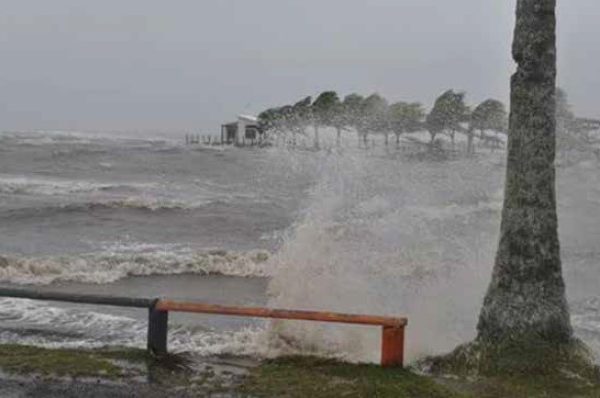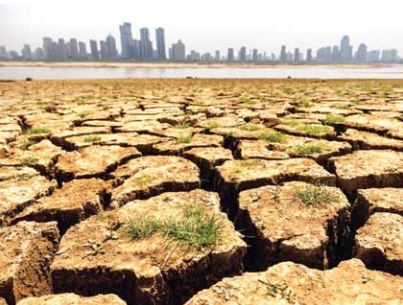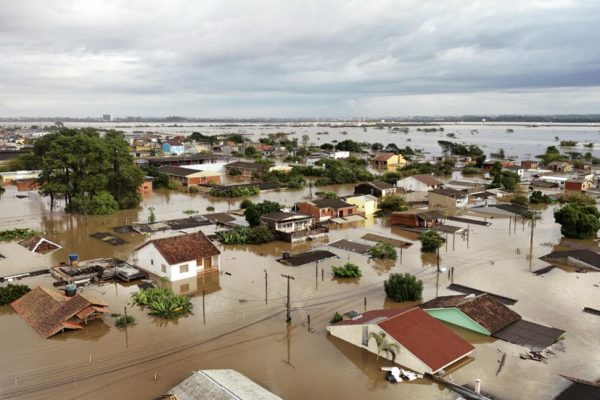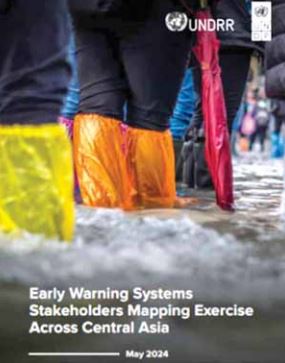
Cyclone Asna: A Catastrophic Force of Nature
Cyclone Asna emerged as a formidable tropical cyclone, impacting the states of Gujarat and Madhya Pradesh in India from August 25 to September 2, 2024. This rare meteorological event began as a low-pressure system in the northwest Bay of Bengal around August 16, gathering momentum as it moved inland. By August 26, the Indian Meteorological…










